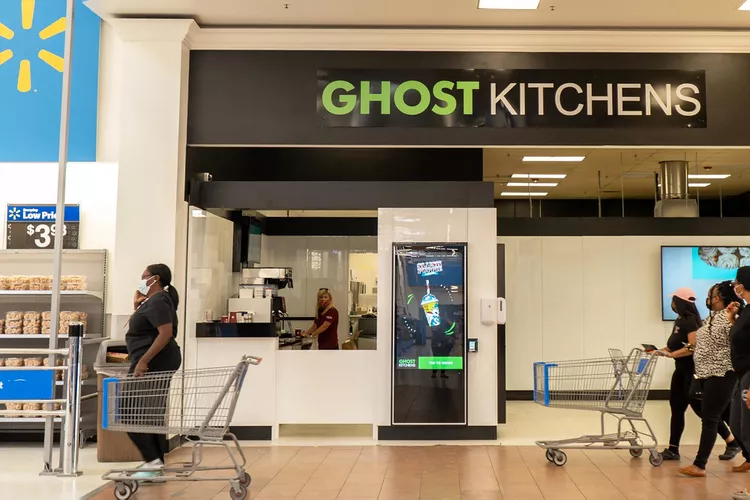Ghost kitchens—also known as virtual, cloud, or dark kitchens—are changing the way we think about dining. These delivery-only restaurants operate without traditional storefronts, focusing entirely on food production for online orders. With the explosion of food delivery services like Uber Eats, DoorDash, and Grubhub, ghost kitchens are emerging as a powerful business model in the food industry.
What Are Ghost Kitchens?
Ghost kitchens are commercial cooking spaces designed to prepare food exclusively for delivery. Unlike traditional restaurants, they don’t have dine-in areas, waitstaff, or sometimes even recognizable branding. Instead, they function out of shared kitchens, repurposed restaurants, or even warehouse-style facilities, optimizing efficiency for high-volume food production.
Why Are They Growing?
The rise of ghost kitchens is driven by several key factors:
-
Booming Delivery Market: Consumer demand for food delivery has surged, particularly since the COVID-19 pandemic.
-
Lower Overhead Costs: Without the expenses of a physical restaurant space, decor, or front-of-house staff, ghost kitchens save significantly on operational costs.
-
Flexibility & Scalability: Brands can experiment with new menus, adjust offerings based on demand, and even run multiple virtual restaurant brands from a single kitchen.
-
Tech-Driven Efficiency: Orders are placed through apps, minimizing human error and maximizing speed, often using AI-driven analytics to predict demand and optimize operations.
The Challenges of Ghost Kitchens
While ghost kitchens offer many benefits, they aren’t without hurdles:
-
Brand Recognition & Customer Trust: Without a physical presence, gaining consumer confidence can be challenging.
-
Reliance on Third-Party Apps: Restaurants depend heavily on platforms that charge high commission fees, cutting into profit margins.
-
Quality Control & Customer Experience: Ensuring consistent food quality during transport and maintaining good customer service can be difficult.
The Future of Ghost Kitchens
Ghost kitchens are reshaping the food industry, offering new opportunities for restaurateurs and entrepreneurs. As technology advances and consumer habits continue to favor convenience, we can expect further innovations—such as AI-driven menu planning, drone deliveries, and automated kitchens—to push the concept even further.
While traditional dining isn’t disappearing, ghost kitchens are proving that the future of food is increasingly digital. For restaurants willing to adapt, the opportunities are limitless.

